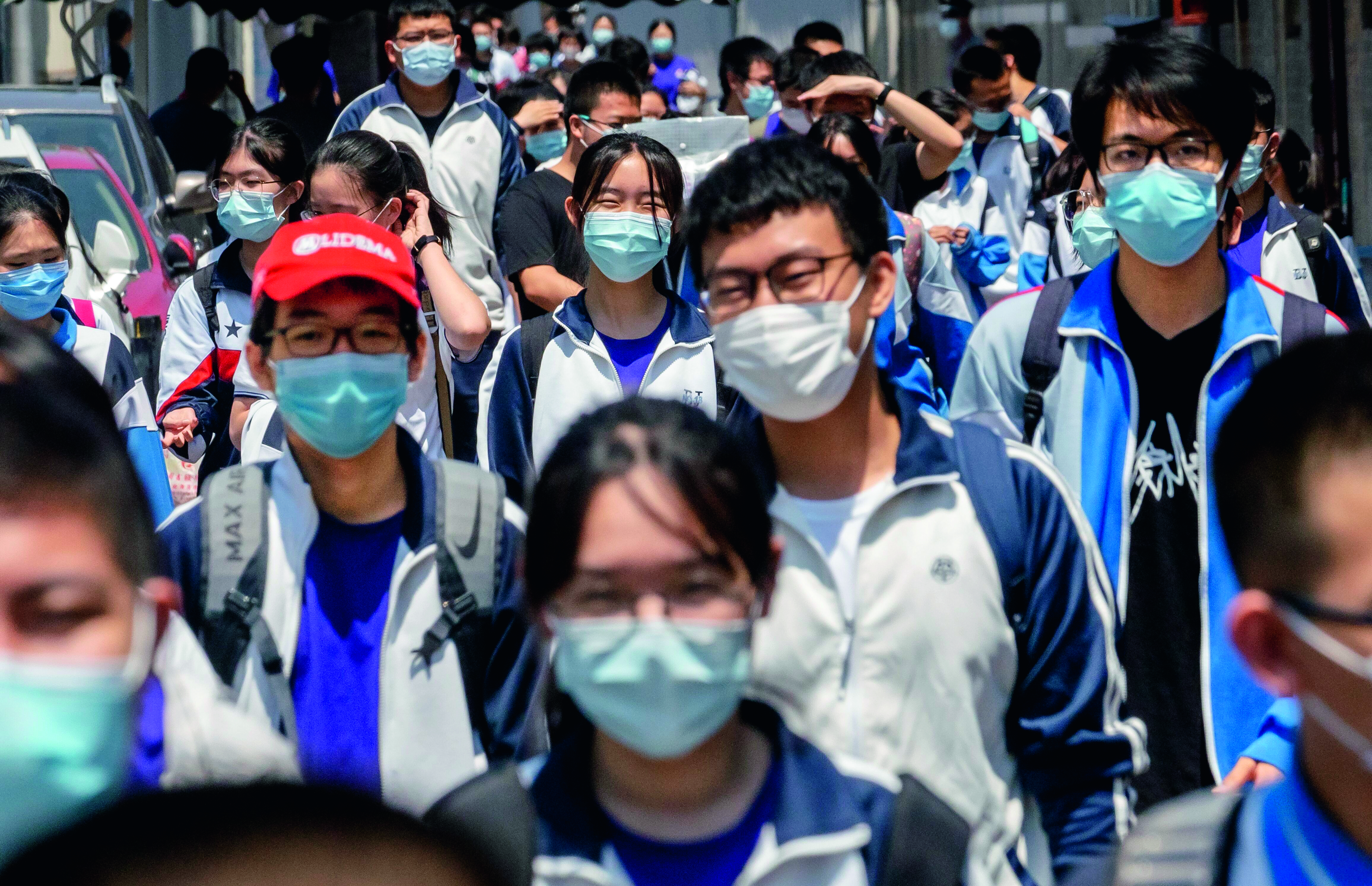Special College Entrance Exam in 2020

Due to the impact of COVID-19, China’s annual college entrance examination, popularly called the gaokao, was postponed a month to July. The examination was held with regular measures for epidemic prevention and control still in place, which took major contributions from ministries of education, public health, public security, and transportation as well as from people from all walks of life. Students, parents, schools, and administrators all experienced a special gaokao this year.

Anti-Epidemic Efforts Go On
According to data from the Ministry of Education, 10.71 million people registered for this year’s gaokao in China, an increase of 400,000 from last year. The examination was offered at 7,000 locations nationwide throughout 400,000 exam rooms overseen by 945,000 test administrators and other personnel. During the largest collective activity in China since the outbreak of COVID-19, epidemic prevention and control work in testing rooms drew a spotlight.
While the examination was still up in the air, the Disease Prevention and Control Bureau of the National Health Commission promulgated the 10 Key Measures of Epidemic Prevention for the 2020 National College Entrance Examination, which clarified requirements related to temperature checks and wearing masks.
The 10 measures have been viewed as “tailored” guidelines for epidemic prevention and control during the examination. It not only stipulated disinfection, cooling, and ventilation measures, but also answered questions of widespread concern including whether students and examiners should wear masks in the examination rooms. The details covered almost every procedure and situation possible during the gaokao.
For example, the document required temperature checks at the entrance of test centers for all persons entering the buildings. Test takers and test staff could be allowed inside the exam room only when their body temperatures read lower than 37.3 degrees Celsius. Candidates in low-risk areas were mandated to wear masks when entering the room but allowed to remove them after sitting down at a desk. Students in alternate isolation examination rooms and from medium- and high-risk areas were required to wear masks throughout the test.
Various places around the country adjusted the number of test takers allowed in one room according to the local situation.
For example, Beijing reduced the number of candidates in each exam room from 30 in the past to 20 this year. Temporary observation points were set up in schools as examination centers. Candidates who showed signs of fever or coughing during the test were ordered to be moved to an alternate isolated examination room.
In Wuhan, the local administration arranged comprehensive disinfection of exam rooms and public areas to ensure the health and safety of test takers. The city also provided special masks for all the candidates.
Response to Extreme Weather
This year, the gaokao was held in July for the first time since 2003. Late summer brings higher temperatures and more frequent flooding. This year’s candidates faced greater challenges from the weather.
On the first day of the examination, candidates in some areas were stuck in floods.
For example, on the morning of July 7, Shexian County of Anhui Province in southeastern China suffered flooding unseen in half a century. Many of the county’s roads were submerged in deep water, which led to further postponement of the county’s Chinese and mathematics tests originally scheduled for July 7.
Alongside flooding, many other places suffered extreme temperatures on the first day of the examination.
But the authorities were already prepared for that variable. The 10 key measures indicated that the exam rooms would ideally be equipped with either wall air conditioners or central air conditioning. Exam rooms without air conditioning equipment were asked to ensure ventilation and use electric fans to help prevent virus spread in addition to providing cooling.

Understanding China through the Gaokao
China’s college entrance examination during the coronavirus epidemic has attracted greater global attention than in years past.
Most candidates this year were born in 2003, so it has been noted that they arrived on this planet during the SARS epidemic only to come of age during COVID-19. As the Singapore-based newspaper Zaobao stated: “They are facing the dual tests of the epidemic and a different college entrance examination.”
The world has learned more about China through the gaokao and witnessed its confidence in the fight against the epidemic.
A high-school teacher from Germany who visited China for an exchange program agreed that holding a national college entrance examination in such a large scale during this special period demonstrated China’s confidence in containing the virus. The France-based Nouvelles d’Europe called this year’s gaokao a major challenge for China’s overall epidemic prevention and control. Perhaps the epidemic will help some students find a clear purpose in life, and all the hardships they have experienced in the special period will become invaluable memories.